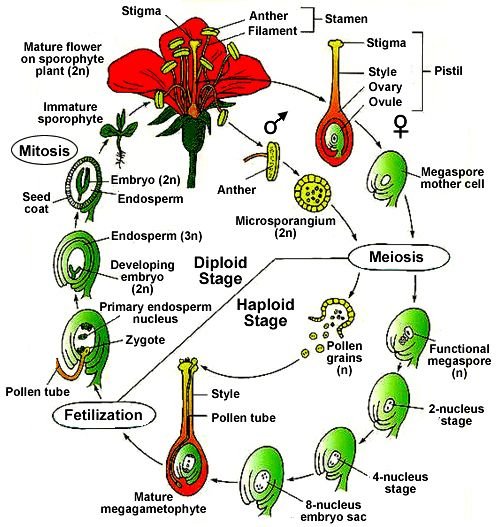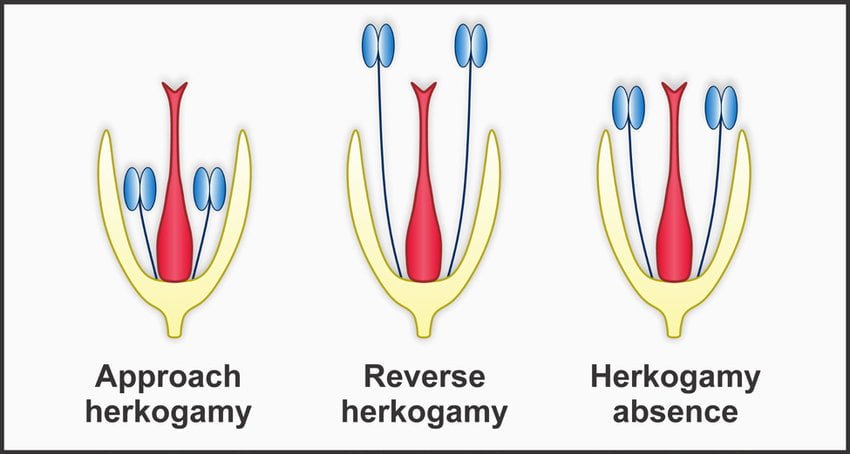Drift Velocity in Electric Conductors
Theophrastus | Department of Physics
Introduction
In the study of electric current and conductors, we often visualize electrons moving through a wire at high speeds, similar to water flowing through a pipe. However, the actual motion of electrons in conductors is far more complex and fascinating. This is where the concept of drift velocity becomes crucial to understanding how electric current truly functions at the microscopic level.
When we connect a battery to a conductor, the resulting electric field causes the electrons to move in a direction opposite to the field. But these electrons don’t travel in straight lines – they undergo constant random thermal motion while slowly drifting in the direction dictated by the electric field. This slow, net movement is characterized by what we call the drift velocity.
Definition of Drift Velocity
Drift velocity is defined as the average velocity with which free electrons get drifted towards the positive terminal of the battery under the influence of an applied electric field. It represents the net directional movement superimposed on the random thermal motion of the electrons.
Key Point: Drift velocity is typically very small (in the order of mm/s or cm/s) compared to the random thermal velocities of electrons (approximately 106 m/s at room temperature).
Conceptual Analogy
Imagine a crowded train station where people (electrons) are moving randomly in all directions at high speeds. When a train arrives (electric field is applied), people begin to slowly move toward the platform (positive terminal) while still continuing their random movements. The slow, average velocity toward the platform represents the drift velocity.
Mathematical Derivation of Drift Velocity
To derive an expression for drift velocity, we need to consider the forces acting on electrons in a conductor and apply Newton’s laws of motion.
The Derivation Process
Consider a conductor with an applied electric field \(E\). The force experienced by each electron is:
where \(e\) is the electronic charge (1.6 × 10-19 C).
According to Newton’s second law, this force causes an acceleration \(a\) given by:
where \(m\) is the mass of an electron (9.1 × 10-31 kg).
In a conductor, electrons collide with the atoms or ions of the lattice. If \(\tau\) is the average time between successive collisions (also called the relaxation time), then the electron accelerates for this duration before each collision.
The velocity gained by the electron in time \(\tau\) is:
This is the drift velocity of the electron.
The negative sign is often included to indicate that electrons move in the direction opposite to the electric field:
Relation Between Drift Velocity and Current
The electric current in a conductor is directly related to the drift velocity of the electrons. This relationship can be derived as follows:
Consider a conductor with cross-sectional area \(A\) and electron number density \(n\) (number of free electrons per unit volume).
In time \(t\), electrons drift a distance \(v_d t\). The volume of the conductor containing these electrons is \(A \times v_d t\).
The number of electrons in this volume is \(n \times A \times v_d t\).
The total charge that passes through any cross-section in time \(t\) is:
The current is the rate of flow of charge, so:
Important Relation: \(I = neAv_d\) where:
- \(I\) is the current in amperes (A)
- \(n\) is the number of free electrons per unit volume (m-3)
- \(e\) is the electronic charge (1.6 × 10-19 C)
- \(A\) is the cross-sectional area of the conductor (m2)
- \(v_d\) is the drift velocity (m/s)
Rearranging for Drift Velocity
From the above relation, we can express drift velocity in terms of current:
Factors Affecting Drift Velocity
Several factors influence the drift velocity of electrons in a conductor:
| Factor | Effect on Drift Velocity | Explanation |
|---|---|---|
| Electric Field (\(E\)) | Directly proportional | Increasing the electric field increases the force on electrons, leading to higher drift velocity. |
| Relaxation Time (\(\tau\)) | Directly proportional | Longer time between collisions allows electrons to accelerate more before the next collision. |
| Temperature | Inversely related | Higher temperature increases lattice vibrations, reducing relaxation time and decreasing drift velocity. |
| Type of Material | Varies | Different materials have different electron densities and relaxation times. |
| Cross-sectional Area | Inversely related (for constant current) | For a given current, larger area means lower drift velocity. |
Mobility and Its Relation to Drift Velocity
Electron mobility (\(\mu\)) is defined as the drift velocity per unit electric field:
Substituting the expression for drift velocity:
Mobility is an important parameter that characterizes how quickly electrons can move through a material in response to an electric field. It is measured in m2/(V·s).
Physical Significance: Higher mobility means electrons can move more freely through the material, resulting in better conductivity.
Relation with Conductivity
The conductivity (\(\sigma\)) of a material is related to mobility through:
Where \(n\) is the charge carrier concentration and \(e\) is the electronic charge.
Numerical Examples
Example 1: Calculating Drift Velocity
A copper wire with a cross-sectional area of 1 mm2 carries a current of 10 A. Given that copper has approximately 8.5 × 1028 free electrons per cubic meter, calculate the drift velocity of the electrons.
Solution:
Given:
- Current, \(I = 10 \, \text{A}\)
- Cross-sectional area, \(A = 1 \, \text{mm}^2 = 1 \times 10^{-6} \, \text{m}^2\)
- Number density of free electrons, \(n = 8.5 \times 10^{28} \, \text{m}^{-3}\)
- Electronic charge, \(e = 1.6 \times 10^{-19} \, \text{C}\)
Using the formula for drift velocity:
Substituting the values:
Therefore, the drift velocity of electrons in the copper wire is approximately 0.735 mm/s.
Note: This is extremely slow compared to the random thermal speed of electrons (≈ 106 m/s). Yet, the electric current propagates almost at the speed of light because the electric field propagates at that speed.
Example 2: Finding the Electric Field
In a silver wire, the drift velocity of electrons is 2.0 × 10-4 m/s. If the electron mobility in silver is 5.8 × 10-3 m2/(V·s), calculate the electric field applied to the wire.
Solution:
Given:
- Drift velocity, \(v_d = 2.0 \times 10^{-4} \, \text{m/s}\)
- Mobility, \(\mu = 5.8 \times 10^{-3} \, \text{m}^2/(\text{V} \cdot \text{s})\)
Using the relation between mobility, drift velocity, and electric field:
Rearranging to find the electric field:
Substituting the values:
Therefore, the electric field applied to the silver wire is approximately 0.345 V/m.
Example 3: Calculating Relaxation Time
The mobility of electrons in a copper conductor at room temperature is 3.5 × 10-3 m2/(V·s). Calculate the relaxation time (average time between collisions) for the electrons.
Solution:
Given:
- Mobility, \(\mu = 3.5 \times 10^{-3} \, \text{m}^2/(\text{V} \cdot \text{s})\)
- Electronic charge, \(e = 1.6 \times 10^{-19} \, \text{C}\)
- Mass of electron, \(m = 9.1 \times 10^{-31} \, \text{kg}\)
Using the relation between mobility and relaxation time:
Rearranging to find relaxation time:
Substituting the values:
Therefore, the relaxation time for electrons in copper at room temperature is approximately 2.0 × 10-14 seconds (20 femtoseconds).
Note: This extremely short time indicates that electrons collide very frequently with the lattice ions in the conductor.
Practical Implications of Drift Velocity
Understanding drift velocity has several practical implications in electrical engineering and materials science:
- Conductor Design: Knowledge of drift velocity helps in designing appropriate cross-sectional areas for conductors to handle specific currents.
- Material Selection: Materials with higher electron mobility (and thus higher potential drift velocities) are preferred for applications requiring good conductivity.
- Semiconductor Devices: The concept of drift velocity is fundamental to understanding the operation of semiconductor devices like diodes and transistors.
- Superconductivity: In superconductors, the absence of resistance allows electrons to accelerate continuously, leading to a different behavior than normal drift.
- Current Density Limitations: Understanding drift velocity helps explain why conductors have maximum current density limits before failure.
Common Misconceptions
Speed of Electric Signals
One common misconception is assuming that the speed of an electric signal in a wire is the same as the drift velocity of electrons. In reality, the electric signal (electromagnetic wave) propagates at close to the speed of light, while electrons drift much more slowly.
Electron Path
Another misconception is visualizing electrons moving in straight lines through a conductor. In reality, electrons follow a zigzag path due to constant collisions with the lattice ions, with only a small net displacement in the direction of the electric field.
Summary
- Drift velocity is the average velocity at which free electrons move in a conductor in response to an electric field.
- It is typically very small compared to the random thermal velocity of electrons.
- Mathematically, drift velocity \(v_d = \frac{eE\tau}{m}\) where \(E\) is the electric field, \(e\) is the electronic charge, \(m\) is the electron mass, and \(\tau\) is the relaxation time.
- Current is related to drift velocity by \(I = neAv_d\) where \(n\) is the electron number density and \(A\) is the cross-sectional area.
- Electron mobility \(\mu = \frac{v_d}{E} = \frac{e\tau}{m}\) measures how readily electrons move through a material in response to an electric field.
- Factors affecting drift velocity include the electric field strength, material properties, temperature, and conductor dimensions.
Next Topic: Mobility and its Relation with Electric Current
In our next blog post, we will delve deeper into electron mobility and explore its fundamental relationship with electric current. We’ll examine how mobility varies across different materials, the effects of temperature and impurities, and the practical applications in electronic devices.



